By Brian Todd Carey
In the eyes of the West, the Japanese samurai warrior has traditionally been associated with the long sword that bears his name. In fact, it was the warrior’s skill with a bow on horseback that first defined his martial character. Indeed, the samurai’s role as mounted archer was so important in medieval Japan that the warrior referred to his calling as kyuba no michi, or “the way of the horse and bow.”
Archery has a long and distinguished history in Japan. Anthropologists believe the first archers in Nippon were the Ainu, Caucasian aborigines who were slowly pushed back into the northern lands of Hokkaido by Japanese expansion. The Ainu were recognized by early Japanese chroniclers as skillful archers, both in hunting and in warfare.
Mounted archery has a more nebulous origin. Some scholars believe it arrived on the archipelago with horse-borne conquerors from Korea sometime between the third and fifth centuries ad, while others maintain that the Japanese learned the martial art during their own excursions against Korea in the 5th century. Whatever the origin, the mounted archer slowly evolved over the next few centuries into the warrior elite of Japanese society—the samurai.
Japan’s Elite Samurai
The samurai’s mount was a sturdy horse of a stock used by the Turks and Mongols on the Eurasian Steppes. These shaggy-coated equines were often described as having wild dispositions, but their ability to cover considerable distances over the mountainous terrain of Japan made them the perfect choice for samurai. Not only horses were imported from the continent. Lamellar armor (laminated layers of leather sewn together and fitted with horizontal iron scales or plates and laced together with brilliantly colored silk or leather cords) was also adopted from northeast Asia and modified to suit the samurai’s taste. This particularly Japanese armor was called o yoroi (“great armor”) and it was well designed for mounted warfare. When a samurai dismounted in battle, however, the armor could be cumbersome.
Written references to mounted archery date from as early as the Jinshin War of 672 when Oama, the brother of the late Emperor Tenchi, used a squad of mounted archers to assert his claim to the throne against his usurping nephew. Interestingly, it is in this description that historians notice the first use of the term bugei, meaning “martial arts.” By the 10th and early 11th centuries, the increased availability of horses led to a style of fighting that depended in large part on the ability of warriors to discharge arrows at their opponents from horseback at full gallop—wheeling away at the last moment to reform and repeat the maneuver.
The unusual design of the Japanese longbow or daikyu used by the samurai is still in use today in the martial art kyudo. The longbow was of composite construction, made from laminations of wood, usually selected qualities of bamboo, and bound with rattan. An average daikyu was 61/2 feet long, or about the same length as the English longbow.
Because it was used from the saddle, the bow of the samurai had to marry striking power and ease of use. This compromise was achieved by firing the arrow from a position about one-third of the way up its length, leaving a shorter limb that could easily be manipulated over the horse’s neck. Drawing these asymmetrical bows required a very loose hold by the bow hand, since the upper limb moved forward in an arc. To release the arrow, the fingers touching the thumb were relaxed, allowing the string to slip off the glove. After the arrow was in flight, the bow rotated in the hand so that it ended with the string touching the outside of the bow arm.
Quivers were worn on the back and carried arrows for many purposes: light arrows with small, sharp points for use at long ranges; heavier shafts with large, broad heads for use at close quarters; armor-piercing arrows; arrows equipped with whistling heads for signaling; and incendiary arrows. The shafts of the arrows, or ya, were made of bamboo harvested in November and December, then prepared by shaving off the nodes and outer skin. Three feather fletchings were then glued to the shaft.
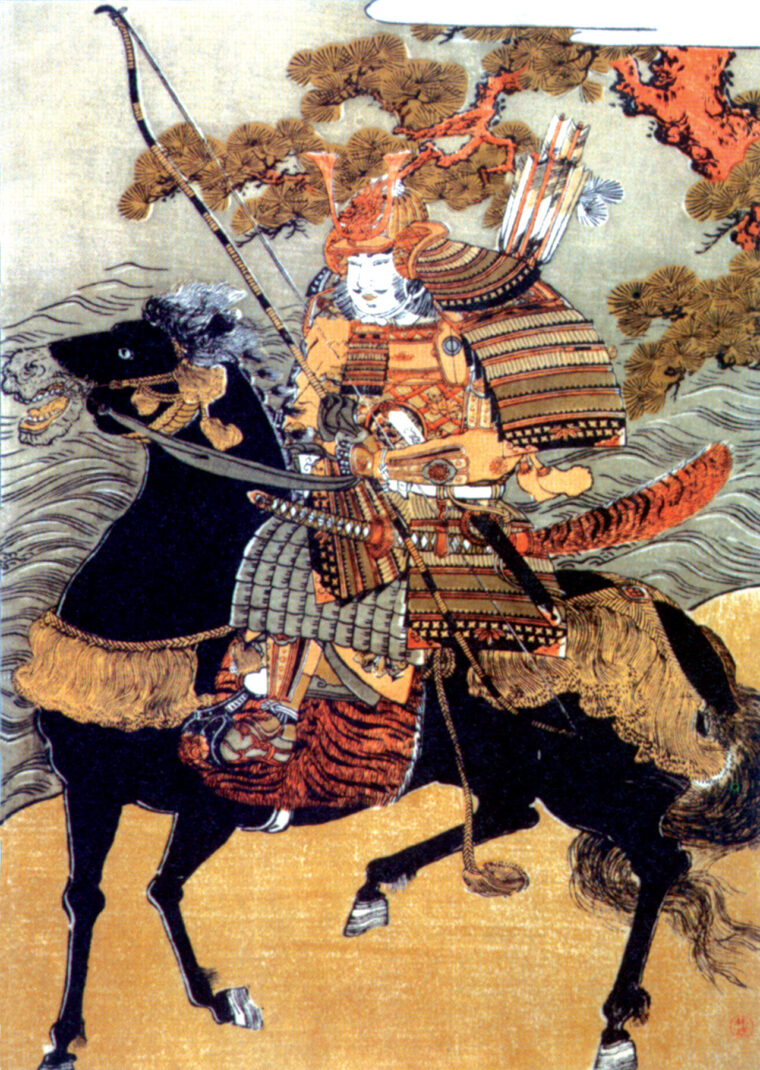
DaikyuYabusame
Warriors were so adept at mounted archery that they could bend and string the bow in the saddle and then loose the arrow in any direction at full gallop. Because of the length of the daikyu, the longbow could only be fired effectively to the left, severely restricting its range of fire. Mounted warriors spent long hours practicing, striking small wooden targets at right angles to galloping horses. This martial art is known as yabusame, still performed today at festivals, most notably in the city of Kamakura.
One of the first recorded displays of individual archery prowess dates to the 4th century when a warrior named Tatebito shot an arrow through an iron shield presented to the Japanese Emperor Nintoku (313-399) by a Korean envoy. Such martial feats became commonplace by the 12th century in the gunkimono or “war tales.” Although at times suspect as reliable history, this Japanese “heroic agenda” literature sheds light on samurai values and beliefs and presents archery as a significant martial art.
By the Hogen and Gempei Wars of the 12th century, samurai warfare was formalized and had developed into what could be described today as a “set-piece battle.” Typically, these began by firing a signal arrow high in the air over the enemy lines. These specialized arrows had a large, bulb-like perforated head that whistled in flight. The sound was a call to the ancient gods to witness the acts of bravery soon to follow. A verbal challenge was then offered, with the samurai describing his elaborate pedigree and past achievements, then “calling out” specific enemies for combat. The challenge would be answered by enemy samurai of equal pedigree and bravery, thus ensuring that only warriors of quality would meet on the field of battle.
One example of this formalized combat comes from the 12th-century epic Konjaku monogatari. The occasion was a duel between the leaders of two samurai clans, what might be described as a test of bravery. The trial began with both samurai separating themselves from their men and exchanging arrows some distance away from one another. Finding this unsatisfying, both warriors agreed to mounted combat. They rose to their saddles, exchanged arrows, and then charged one another, loosing arrows again. These last arrows they fired yabusame style, that is, passing at a gallop. Each was slightly wounded in the exchange. Finally, they stopped their horses and shot at one another again, each avoiding harm. Honor satisfied, the warriors agreed to suspend the duel, and the two clans rode off.
Another example of an archery duel takes place during the Battle of Kurikara in 1183, one of the pivotal battles of the Gempei War (1180-1185). A principal in the fight was Kiso Yoshinaka, who is often remembered as the greatest samurai of his age.
Yoshinaka was born into the Minamoto clan, although he later took the surname Kiso. He was regarded as a rough mountain man because he came from what was perceived by western samurai as the less-civilized east. In 1180, his cousin Minamoto Yoritomo broke relations with the imperial court at Kyoto, then the capital of Japan, and was drawn into a war with the Taira clan.
On June 2, the Taira army approached Yoshinaka’s position from the west through the Kurikara Pass. But Yoshinaka, understanding that he was facing a numerically superior force, decided on a ruse to fix the Taira army in place so he could secretly prepare an ambush. Three units were detached and ordered to conceal themselves at the foot of Kurikara valley, which lay beneath the pass. To prepare the trap, Yoshinaka needed only to look at the demands of samurai tradition. Realizing that a challenge must be accepted, Yoshinaka decided to confront Taira Munemori’s large host with his own, marching with his army minus the detachments up the pass to within about 350 yards of the Taira front lines.
A Battle Between Elite Archers
Both armies now faced each other in full battle array. Yoshinaka ordered 15 of his best Minamoto archers to come forward and fire a signaling arrow at the Taira lines. At this, 15 Taira archers moved forward and responded similarly. Then 30 Minamoto archers advanced and fired arrows, only to be challenged by 30 from the Taira clan. The number of Minamoto archers rose to 50, then 100, each time matched by their adversaries. Soon, a limited melee ensued, with hand-picked members of both clans taking part. For the remainder of the day, a heavily ritualized combat characteristic of this period took place, with both sides issuing challenges and describing the brave deeds of their ancestors.
As night fell, Kiso Yoshinaka’s ruse had worked to perfection. Other elements of his encircling force had arrived unnoticed at the bottom of the valley and were preparing a surprise for the enemy. According to one contemporary source, some of these Minamoto warriors rounded up a herd of oxen and tied torches to their horns. After moving the herd onto the narrow pass’s road behind the Taira postition, the torches were fired and the enraged oxen stampeded toward the rear of the Taira ranks, knocking some of the samurai off the path. At this moment, Yoshinaka ordered the holding force to switch from ritualized warfare and attack the numerically superior Taira host. Caught in a precarious position between the stampeding oxen and the main Minamoto force, the Taira army escaped from the pass down the rocky slopes into the valley, only to be killed by the concealed encircling force. A fantastic estimate of 70,000 Taira warriors were said to have been slain, though this number is certainly wrong. Nevertheless, the slaughter was significant. Our source for this battle, the Heike monogatari, recalls that “streams of blood flowed from rocks and corpses were mounted into the hills.”
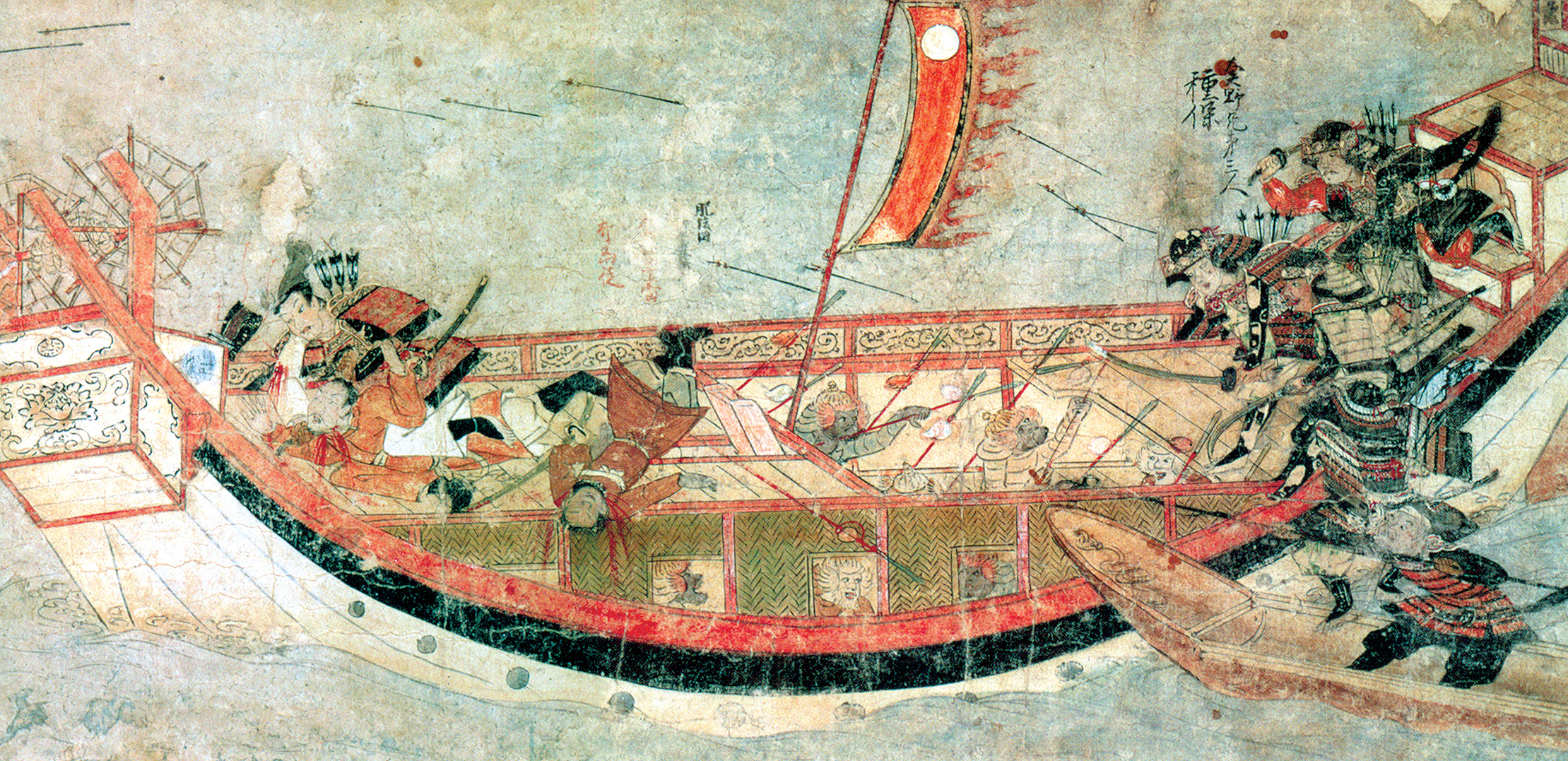
Yoshinaka’s brilliant use of the formalized rules of war, initiated by an archery duel, set the stage for an overwhelming victory for the Minamoto clan. A year later at the Battle of Yashima, another Minamoto archer by the name of Nasu no Yoichi exhibited extraordinary skill with his bow from horseback when he successfully hit a small hand fan fastened to the mast of a Taira warship with his first arrow despite the undulations of the warship in the tide.
Additional 12th-century examples of skill with bow and arrow can be found during a conflict known as the Hogen War (1156-1158), a precursor to the Gempei War (1180-1185). A Minamoto archer by the name Tametomo is said to have shot many of his arrows clean through saddles, riders, and even their mounts. One arrow is said to have pierced two warriors, killing both. Perhaps most spectacularly, he is credited with using an arrow to sink a ship belonging to the Taira, striking the overloaded transport just above the waterline and splitting the planking.
Nearly the Entire Invasion Force of 140,000 Men Was Killed
The Minamoto clan went on to defeat the Taira clan in the Gempei War. Yoritomo, the Minamoto clan leader, established a military headquarters at the city of Kamakura, with the emperor giving Yoritomo the title of shogun (great general). His rule led to a balance of power and influence between Kamakura and Kyoto that provided relative peace and stability for almost 150 years. History remembers it as the Kamakura Shogunate (1185-1336).
During the Kamakura reign, Japan faced its greatest threat, two invasions by the Mongols. In 1274, Kublai Khan, the grandson of the great Genghis Khan, sent an expedition consisting of 30,000 men against the southern island of Kyushu. Landing at Imazu at Hakata Bay, the Mongols were able to disembark most of their force before the main Japanese army came up. When the samurai did arrive, their traditional ritual challenges were lost on the veteran Mongol warriors. Nevertheless, in the engagement that followed Japanese arrows found their mark. In time, however, the Mongol archers slew many of the samurai horses, forcing the samurai archers to fight on foot. Owing to their type of armor, this was awkward, but the samurai nevertheless managed to hold the Mongols at bay as night fell. An unexpected storm hen forced the Mongols back into their ships, only to have them swept out to sea and crushed by the winds.
Seven years later, in 1281, Kublai Khan attempted another invasion of Japan and once again a sudden typhoon or kamikazi swamped, upturned, or crushed the unwieldy transports. Nearly the entire invasion force of 140,000 men was killed.
As a consequence of the experience gained during the two Mongol invasions, mounted archery went into decline and gradually the horse was regulated to a transport role. Military archery, although never completely abandoned, became less important to the samurai class. In its place, the noble warriors adopted an infantry weapon, the naginata, a long-bladed polearm well-suited for hand-to-hand combat on foot. It was also in this period that the samurai long sword (katana) began to replace the longbow as the samurai’s primary weapon.
The Legacy of Mounted Archery
Mounted archery continued to hold a special place in the hearts of noble warriors. Over the next few centuries, the art of yabusame developed, as did a curious sport and training exercise called inu-oi or “dog-shooting,” meant to sharpen a mounted archer’s skill at hitting a moving target. In this exercise, both canine and mounted archer were placed in a large circular enclosure with escape doors. The dog was released as the archer cantered around the outer rim of the circle. The object was to shoot the dog before it exited the enclosure. During the last of the shogunates, the Tokugawa (1600-1868), this sport served as an alternative to hunting, with arrows blunted to save the dogs’ lives.
Although mounted archery declined, the 14th and 15th centuries witnessed the employment of infantry archers on a much larger scale during the brutal civil wars of the late Ashikaga Shogunate (1336-1600). Compact units of archers filled the skies with hails of arrows while advancing relentlessly toward their enemy. After the arrival of the Europeans in the 15th century, Japanese warfare would be gradually transformed again with the inclusion of more reliable gunpowder technologies.
This development reduced the tactical relevance of the bow on the battlefield, and archery moved into the realm of ritual and ceremony during the long Tokugawa Peace. In previous centuries, whistling arrows were fired to wake the gods to watch the battle below, now they were fired to welcome a newborn baby or to ward off evil spirits or disease. Today, a ceremonial bow is presented to the victorious sumo wrestler, who whirls it skillfully in front of the crowd in a ceremony called yumitori-shiki. The bow, once the mistress of the battlefield, still maintains its place in Japanese tradition.
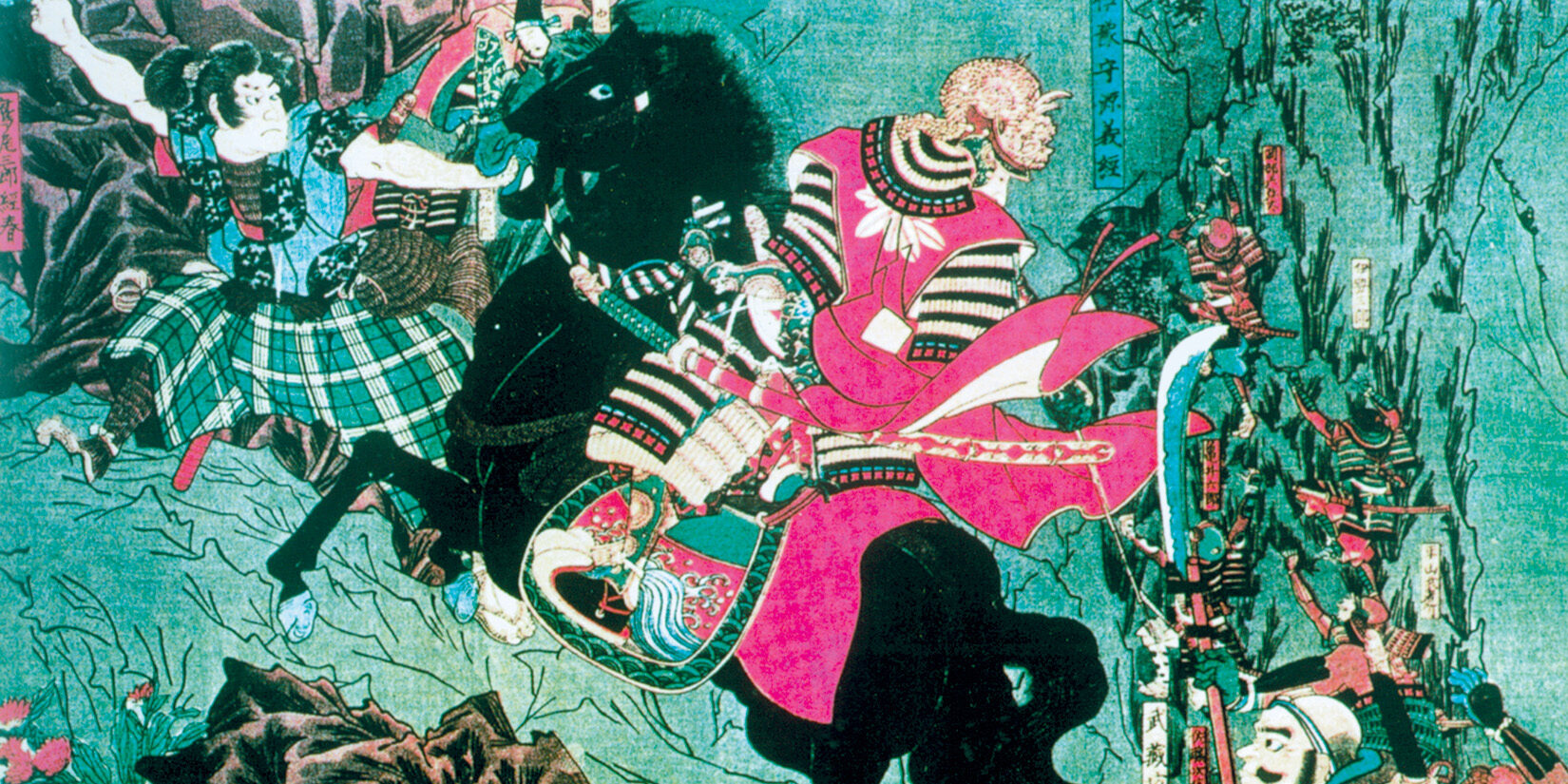
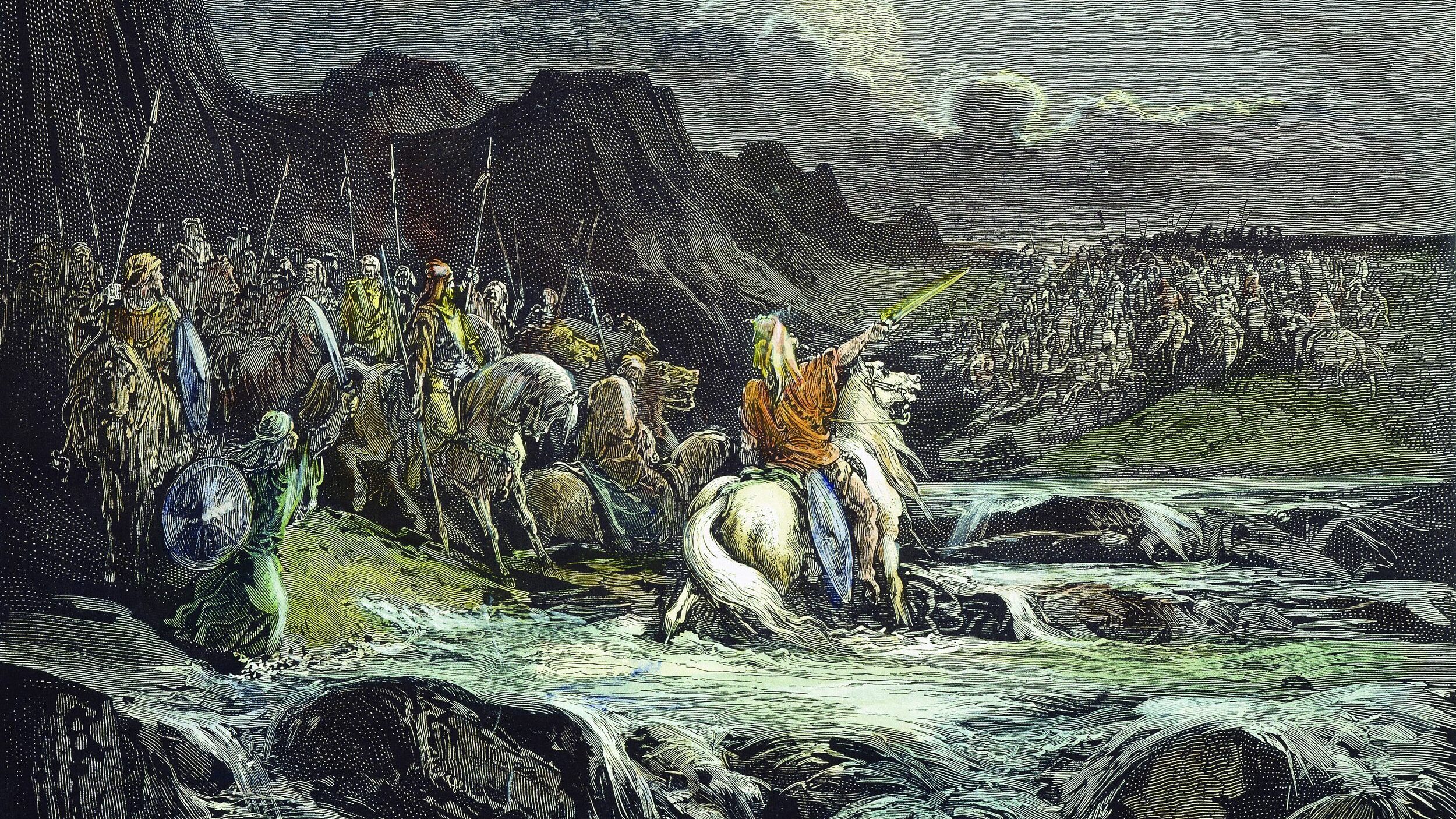
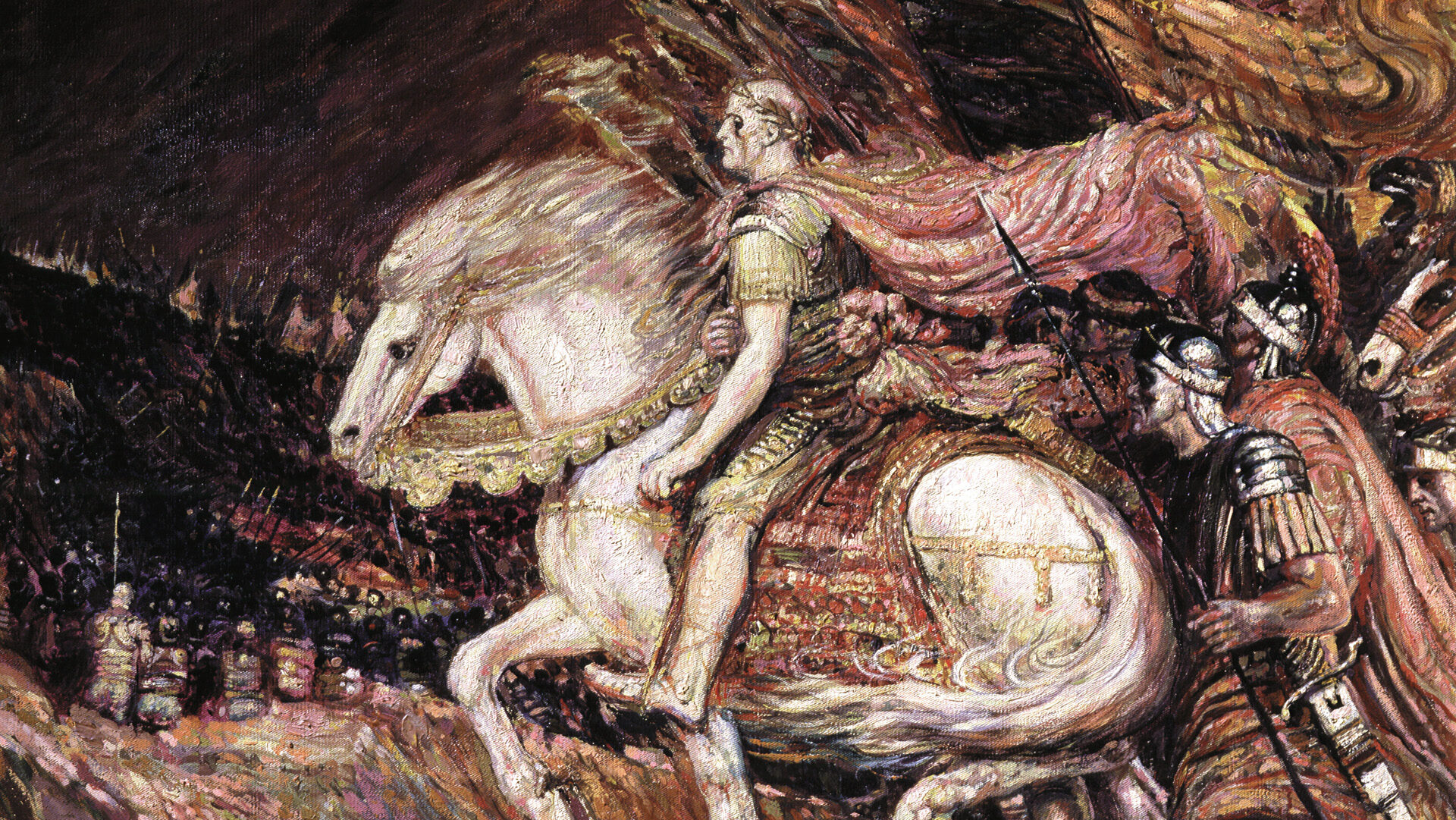
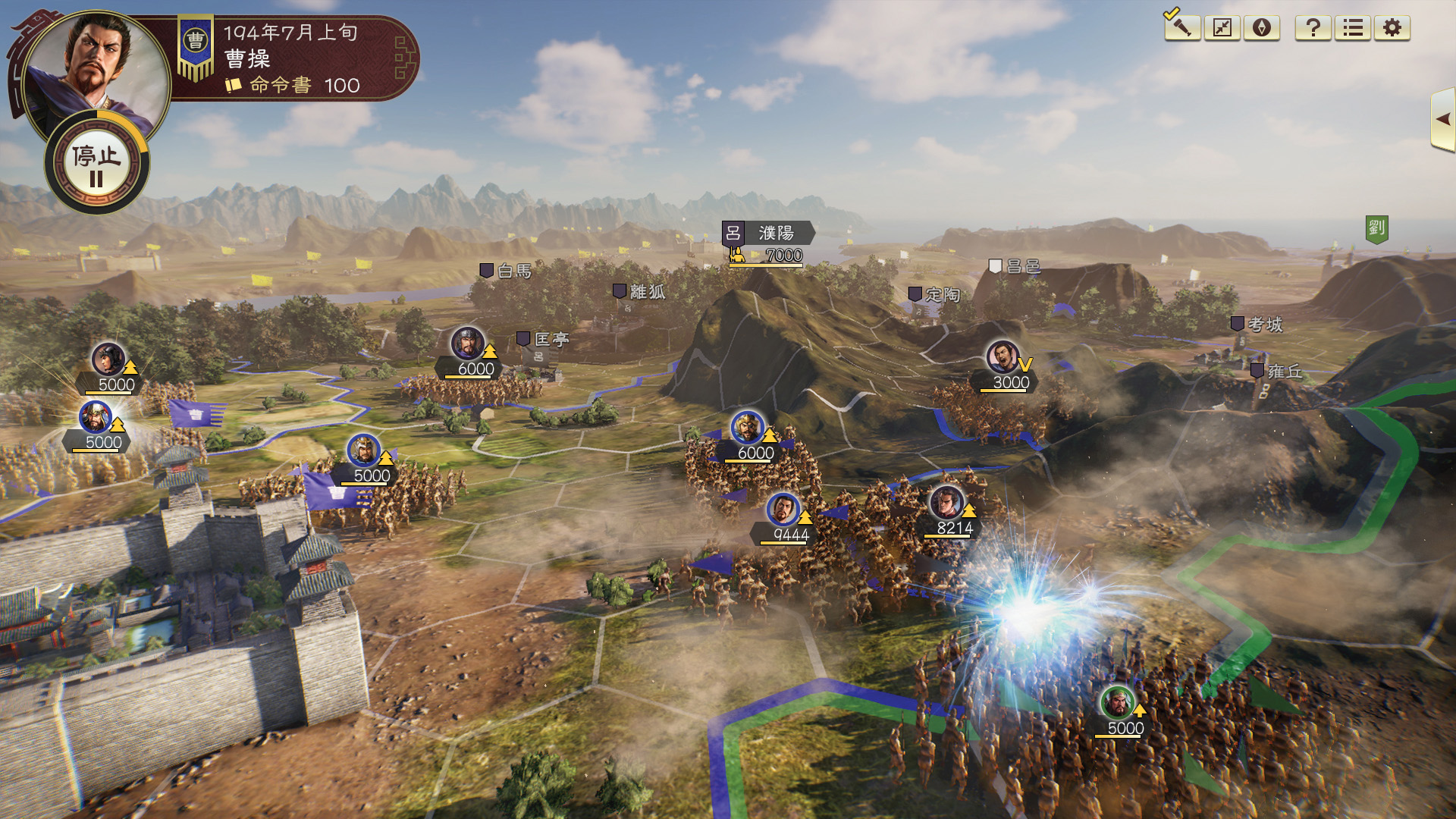
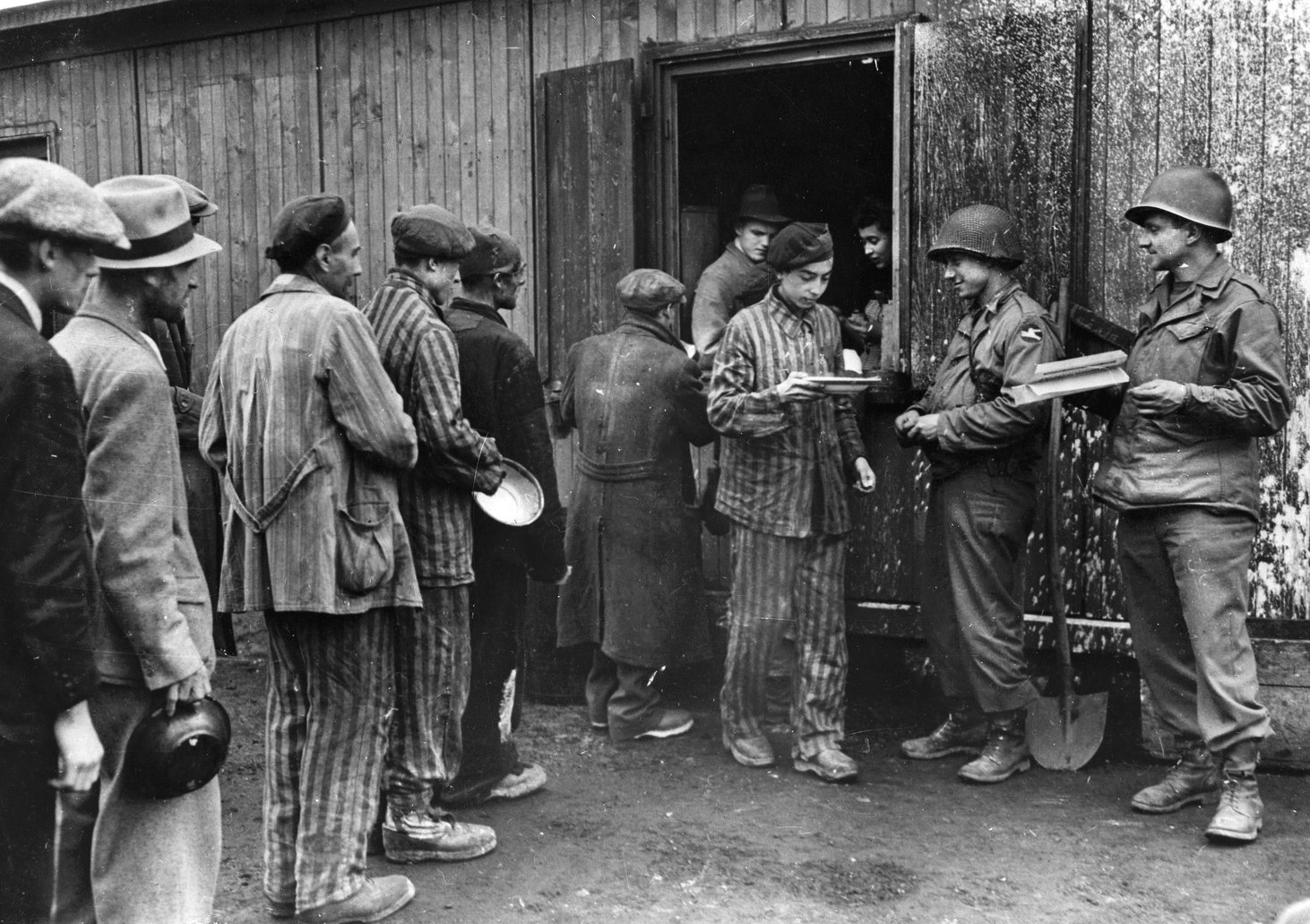
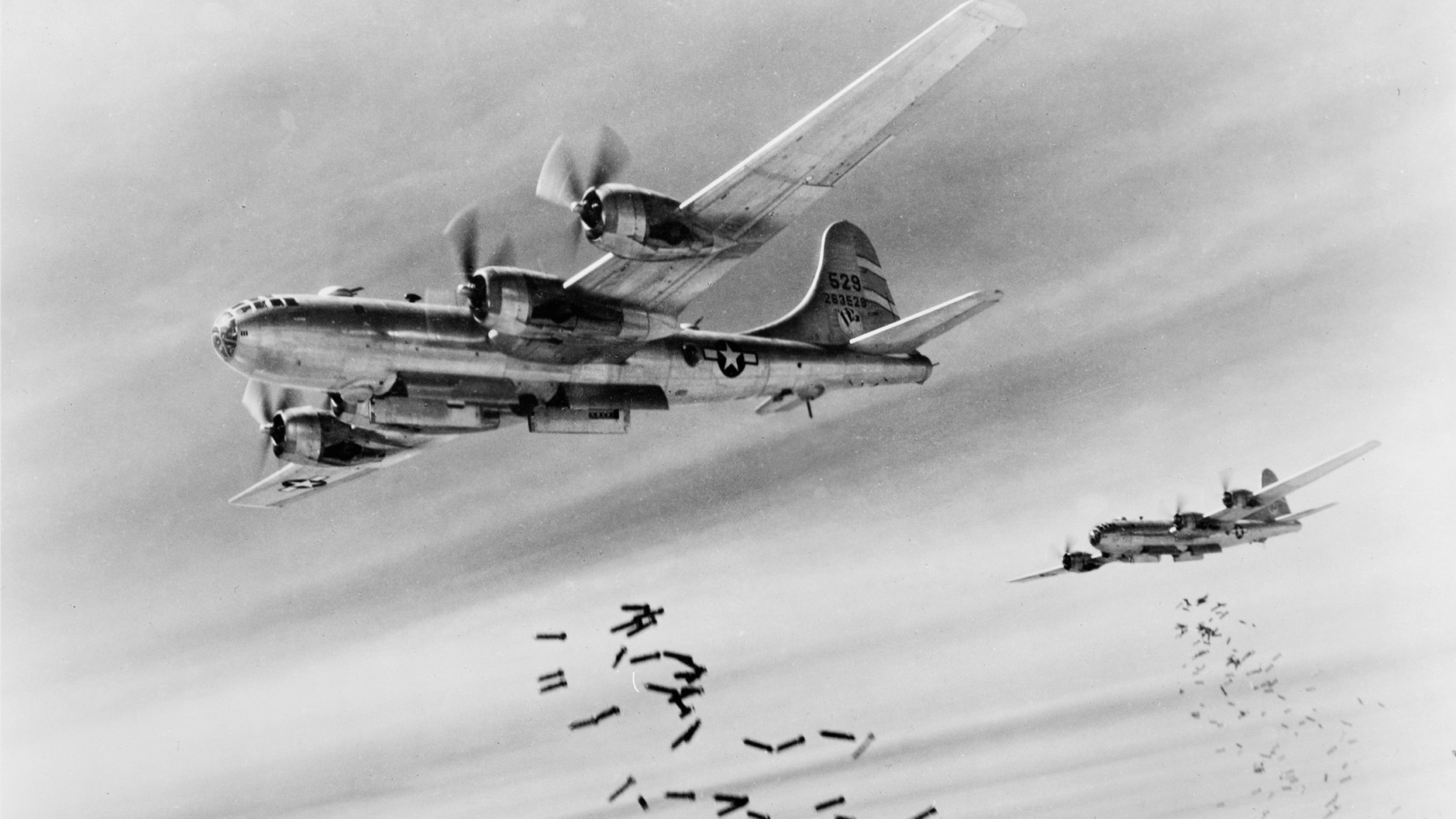
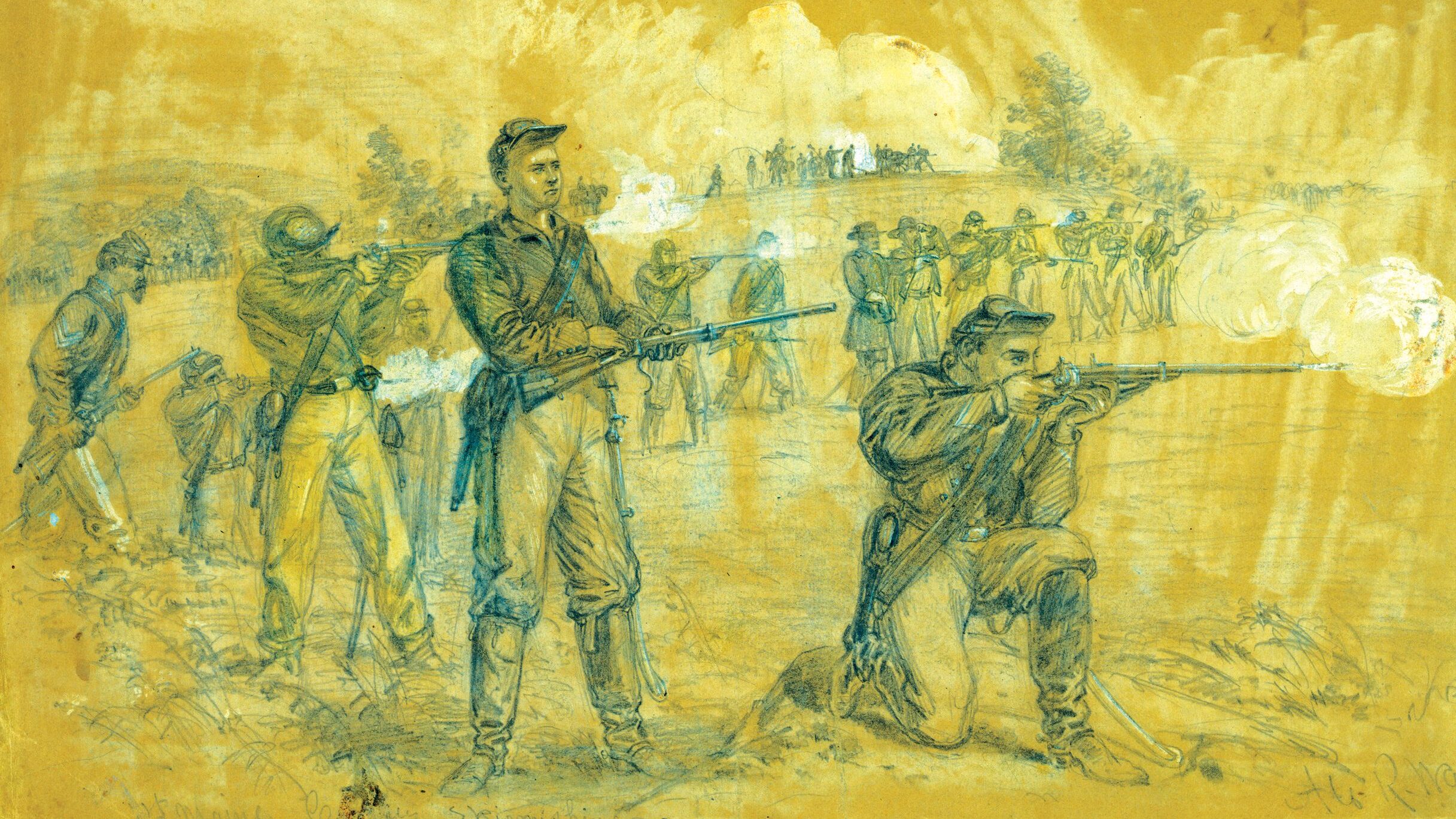
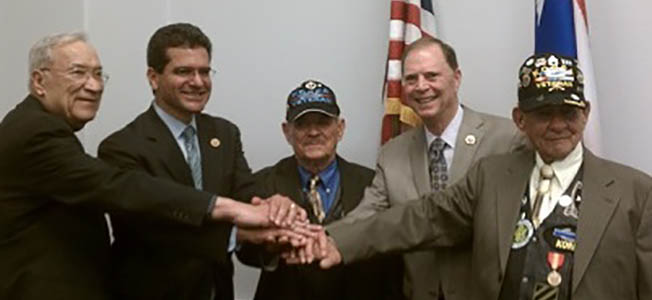
Join The Conversation
Comments